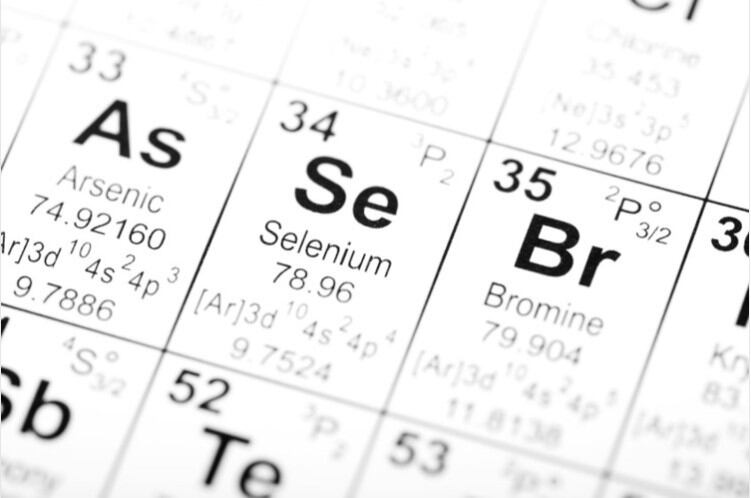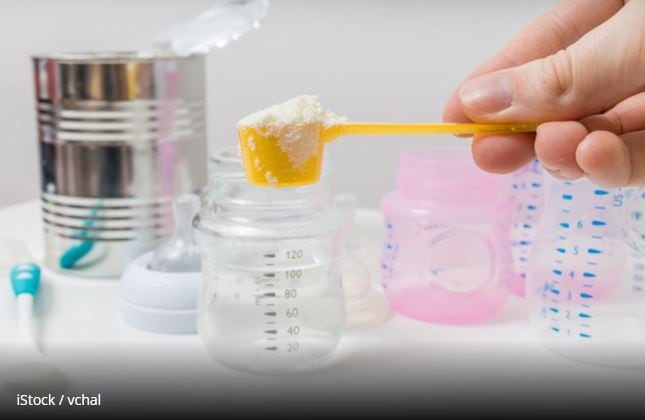The opinion cannot establish which chemical form Se is available in following ingestion and absorption, concluding that the Novel Food (NF) must be treated as a xenobiotic with unknown properties in the body.
“The Panel notes that the information provided to characterise the absorption, distribution, metabolism and excretion of the NF are mostly derived from studies using doses of the NF that are not representative of the potential dietary intake,” the opinion states.
“The Panel notes that despite the request to the applicant to provide higher tier toxicity studies in line with the EFSA guidance document, no such information was provided.”
Whilst the Opinion does not name the applicant, their intention was to commercialise the red‐orange, transparent oil as Selol 5%.
The product, which has a characteristic faint smell, is a mixture of Se‐containing triglyceride derivatives obtained from the reaction of sunflower oil-derived triglycerides with selenous acid containing approximately 5% m/v of selenium (50 milligrams (mg) Se/mL).
Further details of the Opinion propose the NF to be used in food supplements for children above 12 years of age and adults at a dosage of one and two mg/day, respectively.
This corresponds to an intake of up to 50 micrograms (μg) Se/day in children above 12 years of age and up to 100μg Se/day in adults.
Concluding remarks
In explaining its final decision, EFSA’s Panel on Nutrition, Novel Foods and Food Allergens (NDA) notes that despite the commercial sunflower oil’s variability, the production process does not raise safety concerns.
However, the Panel considers that the information provided on the composition of the NF does not allow a complete characterisation of the product.
“The Panel notes that no evidence was provided to demonstrate in which chemical form selenium is systemically available,” the Opinion says.
“The single study available for absorption and distribution, indicating that the NF provides Se in an unknown form with a possibly lower bioavailability compared to sodium selenite, does present inherent limitations and the actual bioavailability of the Se form provided by the NF at the proposed use levels remains not characterised.
“Despite the deficiencies in the design and reporting of the study, the Panel also notes that there seems to be a difference in distribution of Se to the kidneys when compared to sodium selenite.”
Wistar rat study
Key to the Panel’s decision were the results of a subchronic toxicity study in rats, where the NF was administered daily to four groups of Wistar rats (10 per sex) at doses of 0 (control), 2 (low dose), 8 (mid dose) or 32 mg Se/kg bw (high dose)
Two additional recovery groups (10 per sex) received either the control or the highest dose tested.
While all animals survived the experiment. Clinical signs were observed in five animals of both sexes in all dose groups, and included thinning of hair coat, alopecia, respiratory murmurs and salivation,
Body weights were not statistically significantly different for treated and control groups and food intake was similar in all groups.
In both males and females tested at the highest dose increased absolute weight was observed for liver (23% in males and females, dose‐related) and kidney (12% increase in males, 15% in females, dose‐related), with the increase in liver being also statistically significantly different in their respective recovery groups.
“The Panel notes that the provided subchronic toxicity study in rats indicates that the NF displays a toxicological profile which includes liver as a target organ, as it has been shown for other studies on dietary Se.
“From the study the Panel derives a LOAEL for general toxicity of 2 mg Se/kg bw per day, the lowest dose tested.”


